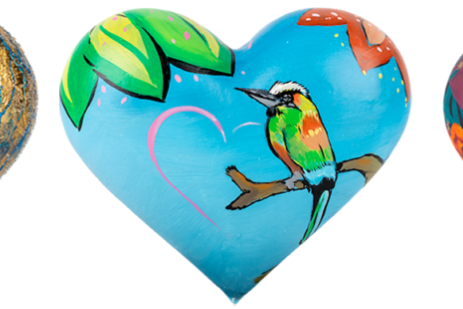
Sustain the positive energy of love and connection
Are you throwing your former board members out like yesterday’s trash?
This may not be your intention, but you’re kind of guilty of this if you don’t continue to (1) let them know how special they are, and (2) build personal relationships with them. After all, one of the foundations of Penelope Burk’s groundbreaking work in Donor-Centered Fundraising is the finding donors want one thing first and foremost: “Show me that you know me.”
Are You Showing Former Board you Know, Love and Feel Specially Connected to Them?
CONSIDER THIS:
- As board members, they got used to being treated as “insiders.”
- Now that they’ve stepped off the board, you’re treating them as if they mean less to you.
Every single communication with a former board member should let them know you know who they are.
If you treat them like they’re toast, don’t be surprised when they start sending you little bread crumbs instead of the whole slice – or loaf – they once sent. People want to be appreciated. It’s just human nature. And facilitating philanthropy (the word literally means “love of humankind”) is a very human endeavor.
Don’t stop loving your former board members.
Stop blaming them for stopping to love you. Blaming is a cop out. Instead, look in the mirror and see what part you may be playing in their changed behavior.
SPECIAL TIP: You can apply much of the suggestions in this article to former staff as well. I often marvel at the hands-off way I’m treated by some of the places where I once worked, sometimes for many years. Places where I donated too, because I believed in the mission. Now I’m just a “prospect” or “lapsed donor” to them, and the communications I receive come across a bit infantalizing. After all, I know this stuff. I wrote a lot of this stuff! It just feels like they’re telling me “since you don’t work here any more, you mean nothing to us.”
Why Former Board Merit Their Own Engagement Strategy
Former board should be one of your top segments for cultivation!
IN A NUTSHELL:
- They have a deep understanding of your vision, mission and values.
- For years, they made your nonprofit one of their top philanthropies.
- They have numerous connections with your cause, including relationships with staff, each other, and even beneficiaries.
- At one point you were part of their identity and family.
- You likely have a special place in their heart.
- They may even have included you in their estate planning!
Don’t stop making beautiful music together! Continue to treat them personally, unless they specifically ask you to stop. Don’t simply relegate them to your impersonal e-news mailings or mass annual appeals. Treat them like major donors and develop a love and loyalty strategy that invites them to stay engaged with you, albeit in a new way.
8 Strategies to Build a Former Board Member Love and Loyalty Strategy
Details
 Does your nonprofit promote stock gifts? You should!
Does your nonprofit promote stock gifts? You should!

